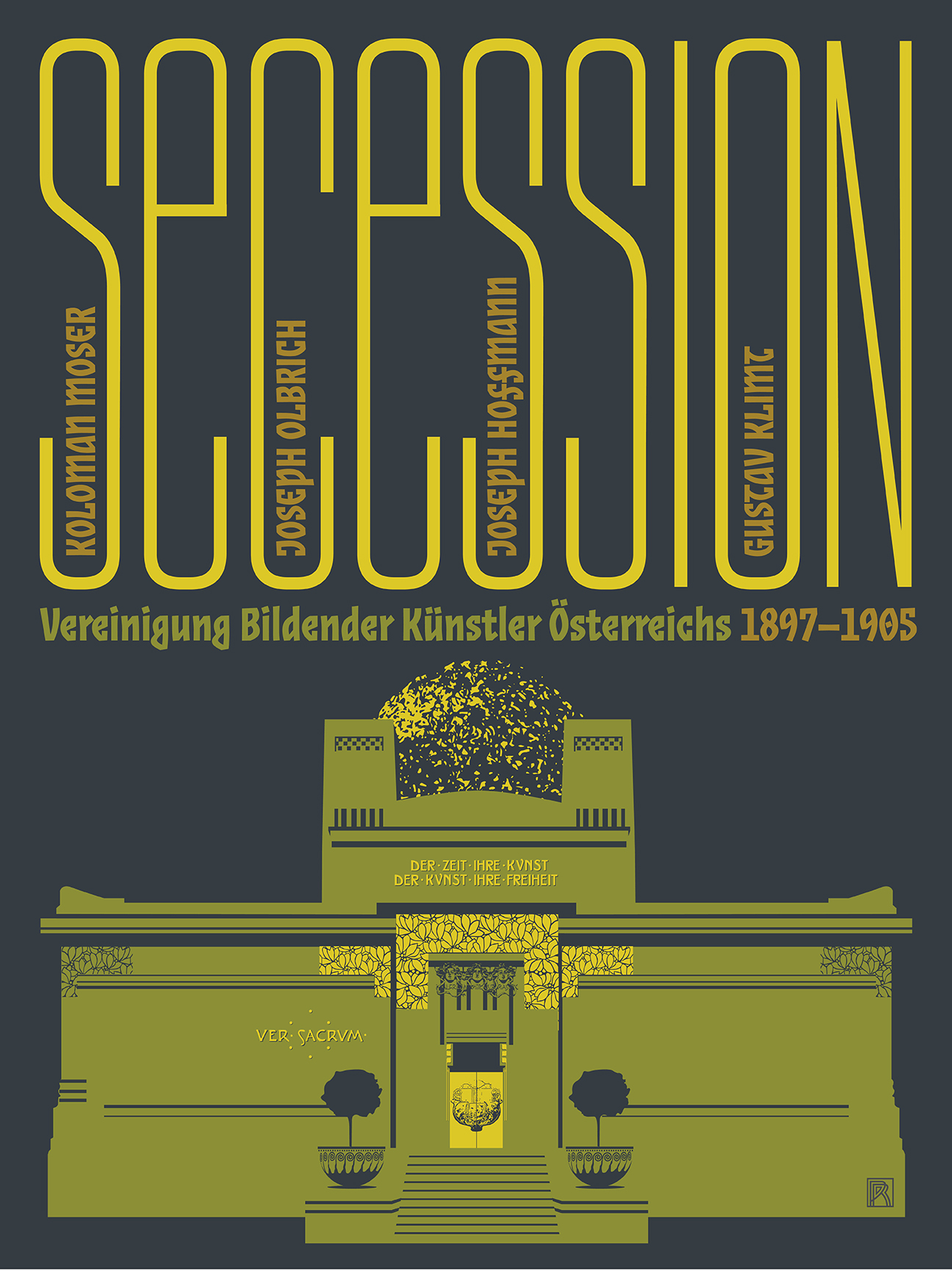

From the outset, though, Klimt associated less with other painters at the Secession than with the faction that came to be known as the "Stylists": those, like Josef Hoffmann and Koloman Moser, whose primary interest was design and the applied arts. It was Klimt’s vision that spurred the founding of the Vienna Secession, a multi-disciplinary group of artists and architects who formally cut ties with the Vienna Academy’s conservatism and historicism in 1897. When first exhibited, these allegorical nudes so shocked the public that years of protracted protests followed. Klimt’s commission for three murals representing Jurisprudence, Philosophy, and Medicine at the University of Vienna, on the other hand, made him infamous. His early collaboration with Hans Makart (Austria’s reigning art star), lent the young artist a certain prestige. Gustav Klimt began working as a painter while still a student at Vienna’s Kunstgewerbeschule (School of Applied Arts). Until 1939, he led various master courses and held leadership roles within the institution.Īndri’s 1950 gift of all major works in his possession to St. Pölten and joined the Academy’s faculty once the war concluded.

Although the Archduke Franz Ferdinand (who did not care for modern art) had rejected his initial nomination for a teaching position at the Vienna Academy, Andri moved to St.

The artist served as a war painter for the Imperial and Royal War Press Office in the First World War, from late 1915 until 1918. By 1912, the year in which he joined the Deutscher Werkbund and cofounded the Austrian Werkbund, Andri had gained recognition for his accomplishments in landscape, genre, and portrait painting, as well as in lithography and sculpture. He contributed to its official journal, Ver Sacrum, and was the organization’s president in 1905/06. Today credited with revitalizing fresco, Ferdinand Andri apprenticed as a wood carver and altar builder from 1884 to 1886, and then attended the Akademie der bildenden Künste Wien and the Großherzogliche Kunstschule.īetween 18, Andri was associated with the Vienna Secession, a multi-disciplinary group of artists that broke with the Vienna Academy’s conservatism and its historicist style. (Waldhofen an der Ybbs, Niederösterreich, 1871 - Vienna, 1956)


 0 kommentar(er)
0 kommentar(er)
